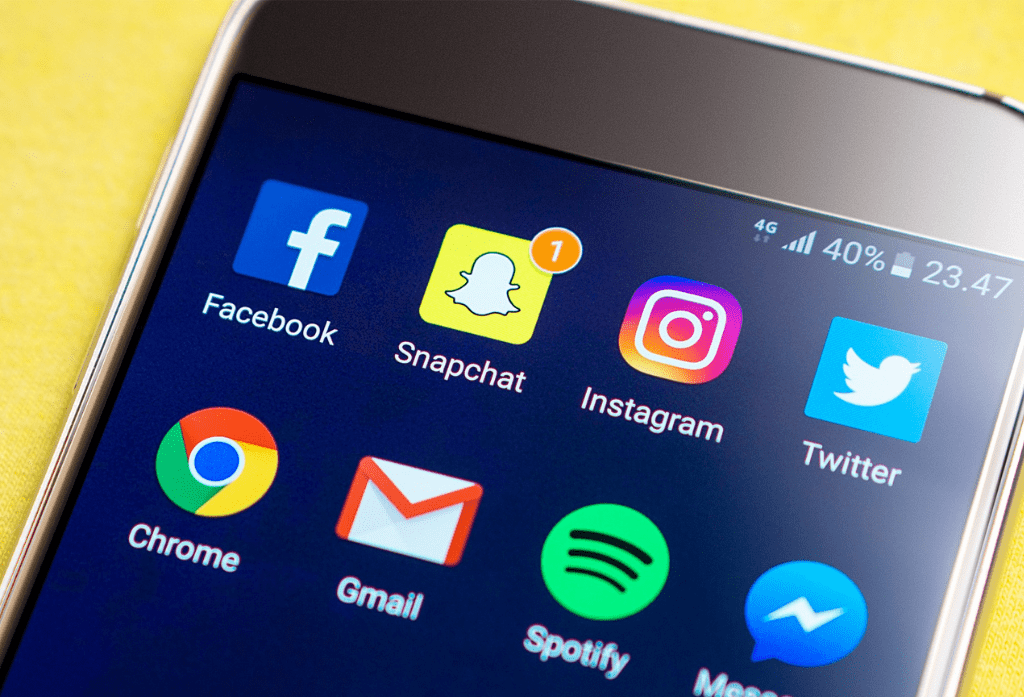Social media marketing continues to be considered a serious business tool, especially as people spend more and more personal, professional, and shopping time on their smart devices while they browse the internet. And cross-promotion is an essential part of that.
We’ve talked previously about how to choose the social media platforms that are best for your business, so we are going to dive a little deeper into this article about how your marketing messages should differ when posting on multiple platforms.
Replace cross-posting with cross-promotion
Social media engagement is an essential tool for growing your small business. And while creating and keeping that social media site active through consistent posts is vital, you should also consider the potential negative effect cross-posting has on your social media presence and audience engagement.
Cross-posting is the act of sharing identical posts on your social media sites, without tailoring any of them to specific platforms or audiences. The benefits are obvious: it makes content sharing fast and efficient, it takes little effort to keep all your accounts active, and it saves time. But there are many more reasons to tailor your marketing messages to each individual social media platform.
Each of the most popular social media sites has risen above less effective ones (sorry, MySpace) by differentiating their user experience, target audience, post length and style, and tone. That means your highly professional LinkedIn post shouldn’t sound exactly like your business’s latest tweet.
Cross-promotion, while similar to cross-posting, is the act of promoting the same overall topic about your business or brand while doing so in a way that better suits the audience and interface of each social media platform. Here are some things to consider when you are crafting content for multiple social media sites to avoid cross-posting and embrace cross-promotion.
Tips for Cross-Promotion
Demographics
Odds are, your business’s LinkedIn account doesn’t have the same number of followers as your Facebook or Instagram account. This may seem unimportant, but the differences here demonstrate a crucial fact: your followers are not identical across platforms.
Each social media site caters to slightly different demographics. Spend a little time familiarizing yourself with those differences. For example, let’s say you own a company that offers two-hour painting classes for beginners. Facebook is hugely popular among adults aged 18-49, but its popularity is waning with younger audiences – so this would be a good platform to promote wine and painting classes for couples, bachelorette parties, and girls’ night out events.
However, Instagram is slightly less popular with adults and more popular with 13 to 17-year-olds than Facebook is. While it still may be worthwhile to post about the wine and painting classes on Instagram, it may be beneficial to add another post that promotes a birthday party activity that is geared towards a younger audience.
This is just one of many ways we could show you the power demographics have on your social media schedule.
Graphics and Images
Social media technology is extremely innovative in that you can post graphics of varying sizes. Many platforms have features built in to optimize those images to allow for easy and helpful viewing, but leaving it up to chance is not the best way to create polished, professional posts.
Each social media platform has a standard image size that varies slightly from other platforms. For example, Twitter shared images are 1200 x 675 pixels, Instagram post images are 1080 x 1080, and LinkedIn post images are 1200 x 627.
In this instance, using a Twitter and LinkedIn image interchangeably might look good, but using that same image for Instagram will look less dynamic and engaging. Creating and sharing photos or graphics with the correct dimensions per platform ensures that your posts are formatted correctly and will render nicely for desktop users and in mobile apps.
Resizing images and graphic elements may seem like an exercise in futility, but social media users are quick to dismiss images, graphics, and – most importantly – brands that disrupt the functionality or look of a news feed or dashboard.
Messages
By now, you’ve researched some basic demographics, created a few optimally-sized images or graphic designs, but what about text? Even if the graphic elements are identical in all but size, you have one final cross-promotion opportunity to fine-tune your message for your different social media audiences.
It’s best to avoid repeating messages word-for-word, but that doesn’t mean you can’t rework a Facebook message for Instagram or LinkedIn. For example, Twitter messages perform better when they are short and include helpful or industry-specific hashtags. Facebook and Instagram are giving higher priority in their algorithm to video content. Your Facebook audience may prefer longer stories and text, but Twitter only lets you post 280 characters total (71-100 character tweets perform better).
Post themes can be identical, but optimizing posts by platform creates more opportunities for your brand to make an impact. Check out these great examples from Hootsuite.
Give your followers a Unique Social Media Experience
SharedTEAMS offers the social media services you need, when you need it. As a member, you will have access to our team of professionals who will work with you to create your perfect social media offerings with social media strategy, content management, influencer, and media outreach projects.
Interested? Here’s how it works.



